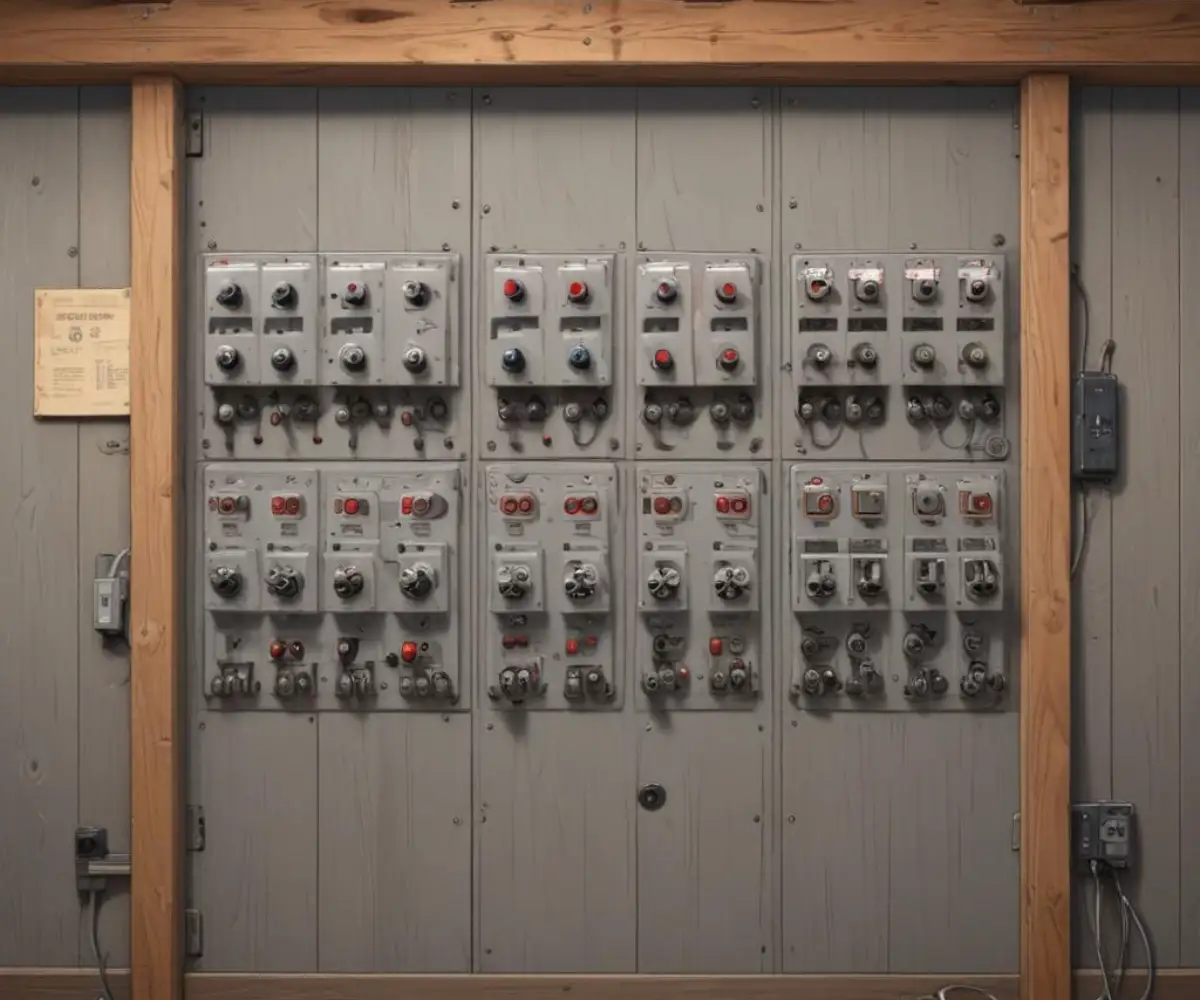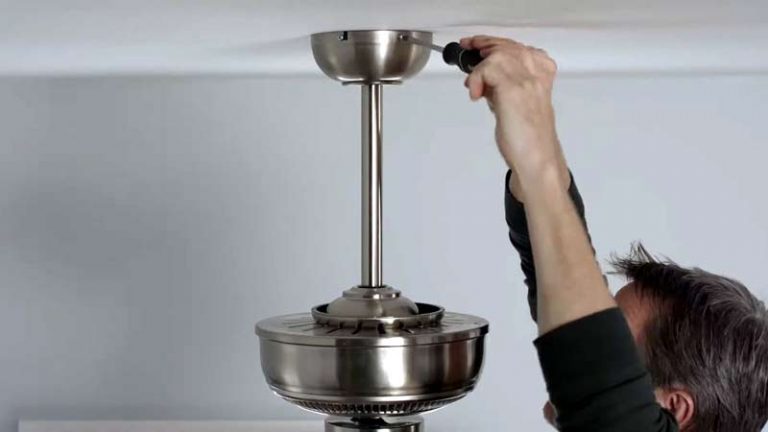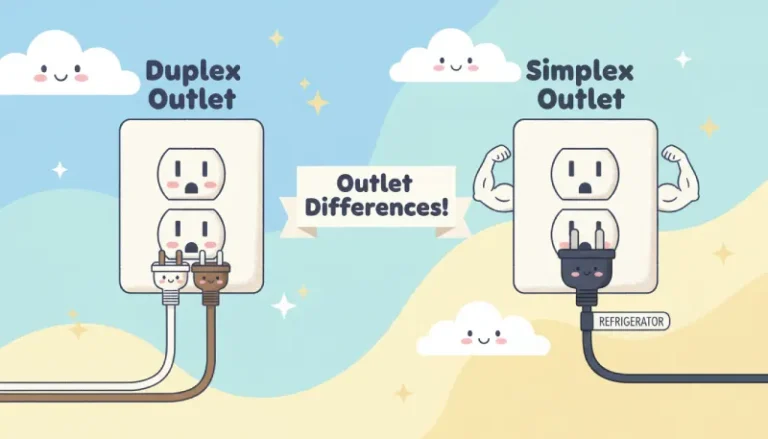Amish Electrician: The Surprising Truth About Tech in Plain Communities
The term “Amish electrician” might sound like a contradiction. A common mental image of the Amish involves a simple, pastoral life devoid of modern technology, especially electricity. This picture isn’t entirely wrong, but it’s far from complete. The relationship between the Amish and electricity is complex, nuanced, and surprisingly practical.
The core problem this raises is a misunderstanding of how a community dedicated to “plain” living navigates the demands of the modern world, especially when it comes to safety, business, and basic convenience. How do they power their workshops, light their homes, and run essential equipment without connecting to the public grid? The answer lies in a specialized role that is rarely discussed: the Amish electrician.
You'll Learn About
The Amish and Electricity: A Complicated Relationship
To understand the Amish electrician, one must first grasp the Amish perspective on technology. Their choices are not driven by ignorance but by a deliberate philosophy guided by their religious and community values. The primary reason most Amish communities avoid connecting to the public power grid is that it represents a literal and symbolic connection to the outside “English” world. This connection, they believe, could erode their separation from worldly influences and weaken family and community bonds.
However, this does not mean an outright ban on all electricity. Instead, the use of technology is governed by the Ordnung, a set of unwritten rules and understandings that varies between different Amish church districts. The key distinction is often between owning technology and using it, and between grid power versus self-generated power. Tapping into the public grid is seen as a reliance on the outside world, whereas generating one’s own power maintains a degree of self-sufficiency. This core principle has created a unique demand for off-grid electrical solutions.
When “Plain” Doesn’t Mean Powerless: Approved Forms of Power
Faced with the need to run businesses and manage households efficiently, the Amish have adopted several ingenious methods for generating power. These solutions allow them to access electricity on their own terms, fitting within the guidelines of the Ordnung and preserving their independence.
Key among these are:
- Diesel Generators: Perhaps the most common power source in Amish workshops, diesel generators provide robust, reliable electricity to run heavy machinery like saws, welders, and sanders. This is particularly prevalent in Amish-owned businesses like furniture making, which are vital to the community’s economy.
- Batteries and Inverters: The use of 12-volt deep-cycle batteries—similar to those in RVs—is widespread. An Amish electrician specializes in creating systems that store power in these battery banks. An inverter is then used to convert the 12-volt DC power into 110-volt AC power, allowing them to run certain conventional appliances.
- Solar Power: Increasingly, solar panels are being embraced by Amish communities. This method is seen as tapping into “God’s grid” rather than the public one. Solar panels are used to charge battery banks, providing a quiet, sustainable, and self-sufficient source of energy for homes, farms, and businesses.
- Pneumatic and Hydraulic Power: In many workshops, a single diesel generator doesn’t power individual tools directly with electricity. Instead, it runs a large air compressor or hydraulic pump. This compressed air or fluid is then piped throughout the workshop to power tools, a clever workaround often called “Amish electricity.”
The Rise of the “Amish Electrician”: A Specialist for a Unique Need
This is where the Amish electrician comes in. These individuals are not typically state-licensed in the same way an “English” electrician is. Instead, they are highly skilled community members who have developed an expert understanding of these specific off-grid systems. Their job is to design, install, and maintain the unique power solutions that allow their communities to function.
They are masters of low-voltage DC systems, battery bank configurations, solar charging, and generator maintenance. Crucially, they possess an intimate knowledge of what the local Ordnung allows. An Amish electrician knows how to wire a home for 12-volt lighting and a few essential appliances without crossing the line into what the church would consider too “worldly.” They provide a vital service, ensuring these systems are not only functional but also safe.

What Does an Amish Electrician Actually Do?
The day-to-day tasks of an Amish electrician are quite different from those of their grid-tied counterparts. They aren’t pulling permits for new residential construction in the same way or wiring a home to meet standard electrical codes for public utility connection.
Instead, their work involves:
- Installing and Wiring 12-Volt Systems: This includes setting up circuits for lighting in homes and barns, often using highly efficient LED lights to maximize battery life.
- Designing Battery and Inverter Setups: They calculate the community member’s power needs to build a battery bank of the correct size and pair it with an appropriate inverter to run specific appliances like a sewing machine, a washing machine, or a refrigerator.
- Solar Panel Installation: A growing part of their work is mounting solar panels on roofs and wiring them to charge controllers and battery banks, helping families reduce their reliance on noisy, fuel-consuming generators.
- Workshop and Business Wiring: They wire entire workshops to run off a central generator, often including the setup for pneumatic or hydraulic power distribution systems.
- Troubleshooting and Repair: When a family’s lights start to flicker or an inverter fails, the Amish electrician is the one they call to diagnose and fix the problem within their unique off-grid system.
Navigating the Gray Areas: Code, Licensing, and Safety
A significant question that arises is whether this work is safe and legal. Most Amish electricians are not licensed by the state and do not follow the National Electrical Code (NEC) in its entirety, as the NEC is primarily designed for grid-connected AC systems. However, this doesn’t mean their work is unsafe. The Amish community places a high value on quality craftsmanship and reputation. An electrician with a history of shoddy or dangerous work would quickly find themselves without customers.
They have a deep, practical understanding of the dangers of electricity, particularly within the DC systems they specialize in. While local regulations can vary, many rural areas have fewer requirements for buildings not connected to the public grid. For any project that does require a connection to public utilities—such as a business that gets an exception to use grid power—the Amish will almost always hire a licensed “English” contractor to ensure the work is fully code-compliant. This pragmatic approach applies to many aspects of their lives, including the construction of their outbuildings. Sometimes, the need arises for major structural changes, and understanding how to move a detached garage is a specialized skill that requires careful planning, much like their electrical systems.
The Amish Workshop: A Hub of Alternative Power
A visit to an Amish furniture workshop provides a masterclass in their approach to electricity. Outside, a diesel generator might be running, providing the primary power. Inside, you won’t hear the hum of dozens of individual electric motors. Instead, you’ll hear the hiss of compressed air as pneumatic sanders, saws, and drills do their work. The lighting is often a mix of natural light from windows and bright, efficient 12-volt LED fixtures powered by a battery bank charged by solar panels on the roof.
This hybrid approach is incredibly resourceful. It allows them to operate a successful business without a direct tie to the electrical grid. The construction of these workshops themselves is a testament to their craftsmanship. They have a deep understanding of materials, knowing for instance the practical differences when considering if 19/32 vs 5/8 plywood are they same for sheathing the walls that will house these complex systems.
Common Electrical Problems in an Amish Context
Living with off-grid power comes with its own unique set of challenges. An Amish electrician frequently deals with issues that a conventional electrician would rarely see. These problems often stem from the limitations of battery storage and generator power.
Common pain points include:
- Premature Battery Failure: Deep-cycle batteries can be damaged if they are drained too deeply or charged improperly. A key part of an Amish electrician’s job is educating homeowners on proper battery maintenance.
- Inverter Malfunctions: Inverters can burn out if they are overloaded by trying to run an appliance that draws more power than the inverter can provide.
- Generator Issues: Diesel generators require regular maintenance, and troubleshooting fuel or mechanical problems is a common task.
- Voltage Drop in 12V Systems: In low-voltage systems, using undersized wires over long distances can cause lights to dim or appliances to malfunction, a problem the electrician must solve with proper wiring techniques.
The unpredictability of these off-grid systems can sometimes feel mysterious. It’s not unlike the frustrating experience in a modern home when you wonder, why is my electric wall heater turns on by itself, highlighting that all electrical systems, simple or complex, can have their quirks.
The “English” vs. Amish Electrician: A Comparison
To fully appreciate the unique skill set of an Amish electrician, it’s helpful to compare their role to that of a conventional, state-licensed electrician. Their expertise, goals, and governing principles are fundamentally different.
| Feature | Licensed “English” Electrician | Amish Electrician |
|---|---|---|
| Primary Power Source | 120/240V AC Grid Power | 12V/24V DC, Generators, Solar |
| Licensing & Codes | State-licensed, follows National Electrical Code (NEC) | Community-trusted, follows the Ordnung and practical safety |
| Common Tasks | Service panels, outlets, residential and commercial wiring | Battery banks, inverters, DC lighting, generator maintenance |
| Tools Used | Standard AC electrical tools and testers | Specialized DC tools, battery hydrometers, solar equipment |
| Clientele | General public | Primarily members of the local Amish community |
| Goal of Work | Safe grid integration and code compliance | Self-sufficiency and separation from the grid |
The Future of Amish “Electricity”: A Slow and Deliberate Evolution
The Amish approach to technology is not static; it evolves slowly and deliberately. The increasing adoption of solar power is a perfect example of this. Solar technology aligns with their values of stewardship and self-reliance, making it a more acceptable form of power generation than it might have been decades ago. As battery technology becomes more efficient and affordable, its use will likely expand as well.
However, any change will be carefully considered by church leaders. The primary goal is always to preserve the community and the family structure. Technology is only adopted if it is seen as a tool that serves the community rather than one that could fragment it. The Amish electrician will continue to be a pivotal figure in this process, bridging the gap between the needs of a modernizing world and the steadfast principles of a plain life.
In conclusion, the Amish electrician is a real and vital profession. These skilled individuals are not a contradiction but a logical and necessary part of a community that has chosen to walk a unique path. They are innovators and problem-solvers, ensuring their communities can thrive by mastering technology on their own terms, remaining separate from the world but not powerless within it.


